Copelandia Cyanescens For Sale
Copelandia Cyanescens: This type of mushroom is known as Panaeolus cyanescens and is thought to have originated in Asia. Although they can grow in tropical and neotropical environments, shroomers or users can grow them indoors or in their gardens.
Panaeolus cyanescens is a fungus in the Bolbitiaceae family. It is also known as psilocybe azurescens. Panaeolus cyanescens, like Panaeolus tropicalis, is a psilocybin mushroom.
What is the Court of Copelandia?
The Copelandia mushroom (Panaeolus Cyanescens or Best Northern Lights strain) is one of the most powerful mushrooms in the world. It is believed to have been brought to Hawaii by animals from the Philippines in the 1800s. That is why it is sometimes called Hao Hawai’i.
What is grow panaeolus cyanescens?
You may know them as Panaeolus cyanescens, blue meanies panaeolus cyanescens, Bolivian torch cactus, or by the nickname “The Hawaiian,” they are all related to different species. Although originally found in Asia, Panaeolus cyanescens is commonly found and eaten in Hawaii, hence the nickname.
What is copelandia cyanescens spores?
Copelandia cyanescens spores, grow panaeolus cyanescens are small and have narrow stems. Its hat can be 1.5-4 cm wide and bell-shaped. The fur on the cap is smooth and gray or white, turning black when wet or wet.
Can you eat panaeolus foenisecii?
Panaeolus foenisecii, also known as the mower, tedder, or red grass fungus, is a widespread fungus often found in lawns and not edible.
Can Panaeolus olivaceus be eaten?
P. olivaceous is only occasionally psychoactive, so consuming a specimen without psilocybin has no known effect. It is not known to be poisonous and is, therefore, Wavy Caps, healthy to eat, like other edible mushrooms, although this one is small enough to be widely used in cooking.
What cyanescens mushroom should not be eaten?
Wild game species preferred by hunters are safe, tasty and nutritious. Although these and other cyanescens mushroom is safe, eating varieties such as dead hats, false morels, and Conocybe flares can cause serious health effects and even death.
Is Stropharia caerulea hallucinogenic?
Tree edges, grass, flower beds, and gardens are covered with mulch. It is common throughout the UK and is often confused with Verdigris Agaric (Stropharia aeruginosa). Bitter. Psilocybin is also known to have hallucinogenic properties, which can cause gastric irritation.
Why can’t you eat it raw?
Some nutritionists, such as Dr. Joel Fuhrman, say white mushrooms (especially Agaricus bisporus species) should not be eaten raw. It is because they contain a substance that can kill the body again.
What happens if you eat a funeral bell mushroom?
Many of the amatoxins found in common “Death Cap” mushrooms are present in this cyanescens mushrooms. Ingestion can almost always cause liver damage with vomiting, diarrhea, hypothermia, Psilocybe Cubensis, and death if not treated immediately. There have been at least ten deaths associated with Bell Funeral in the last century.


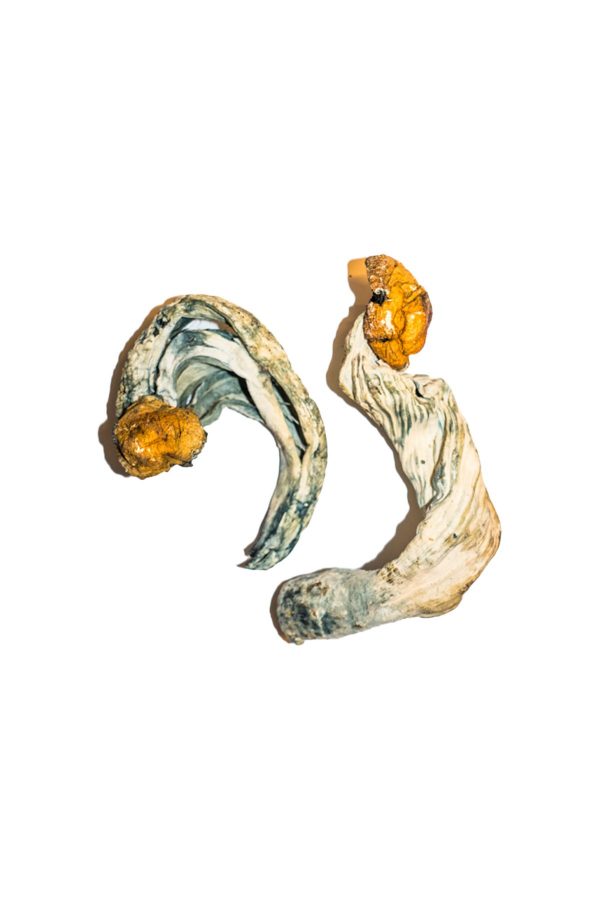



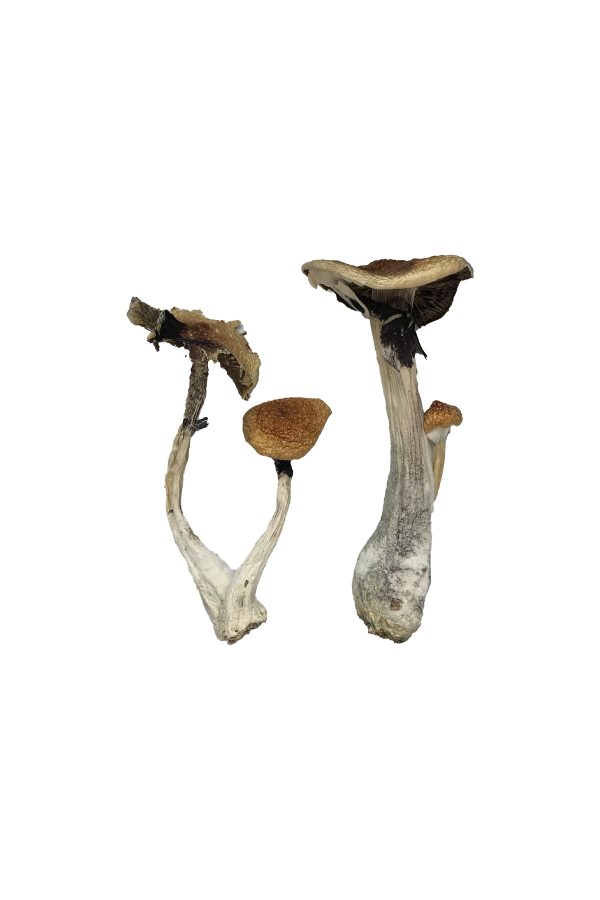

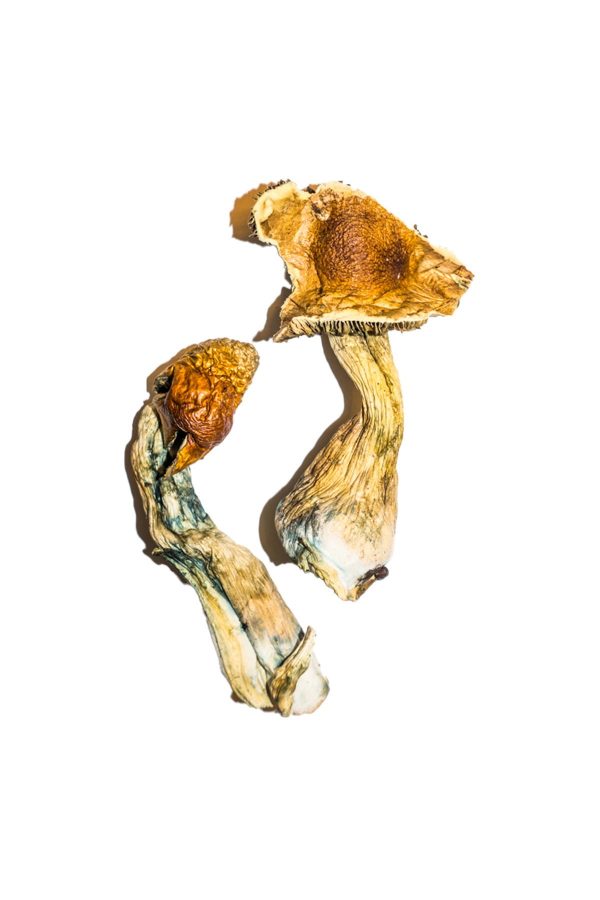



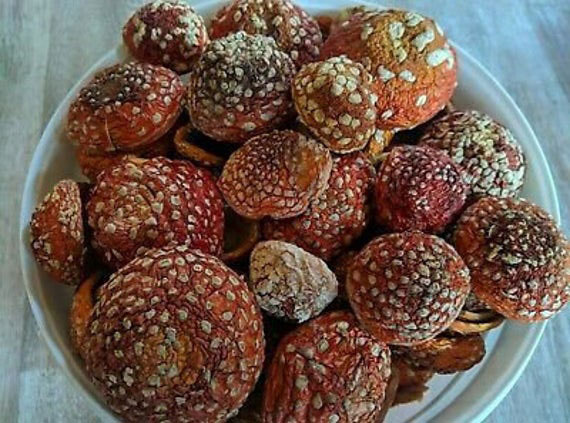
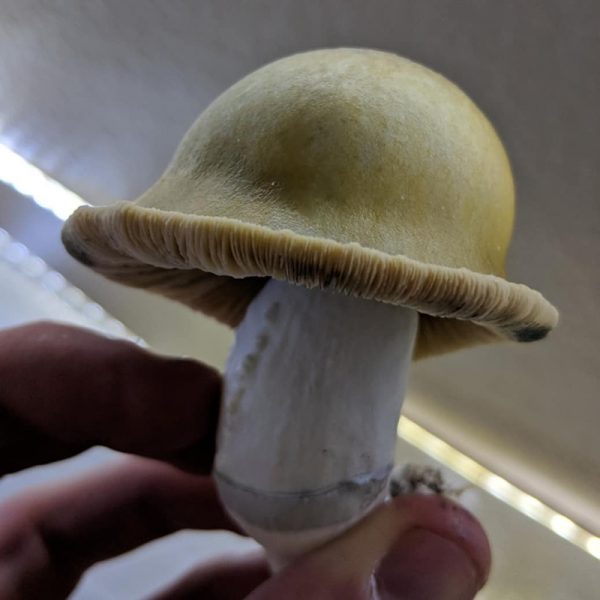
Reviews
There are no reviews yet.